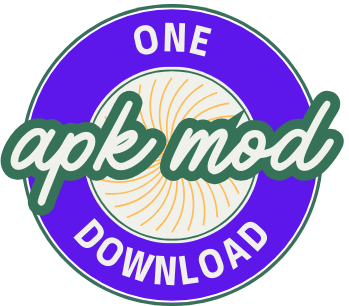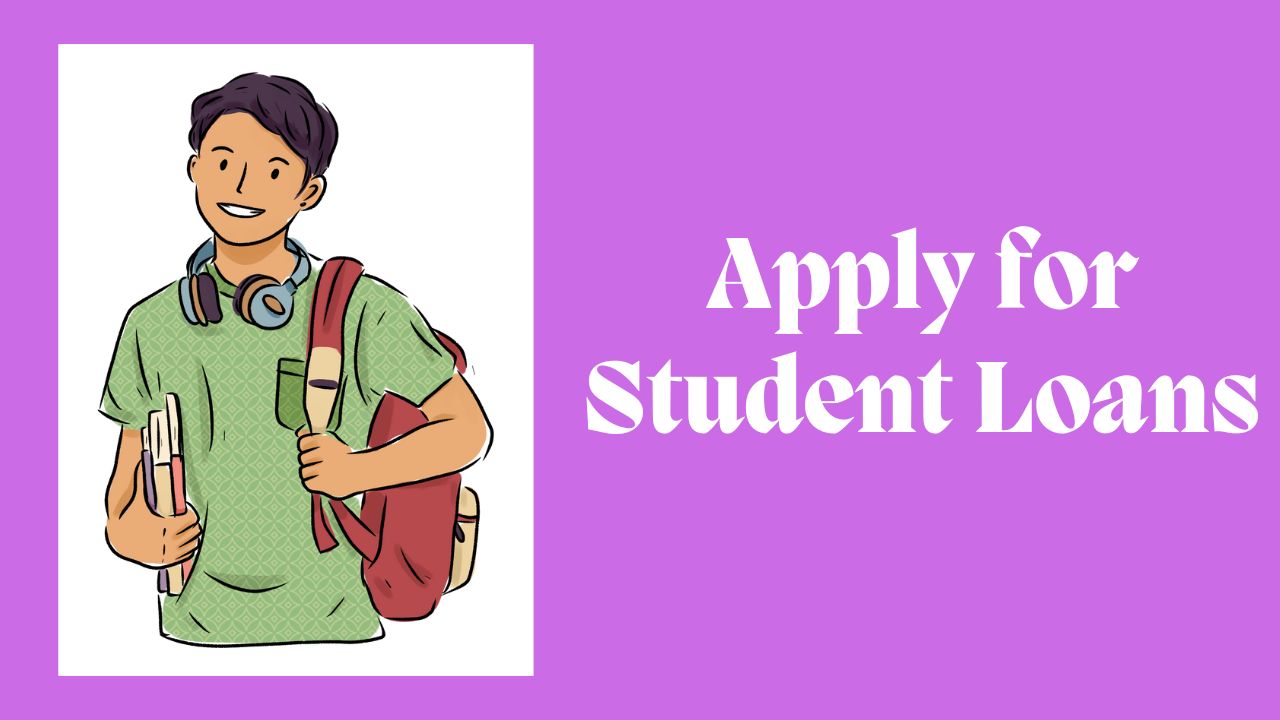Apply for Student Loans: A Comprehensive Guide
Apply for Student Loans: A Comprehensive Guide: Student loans have become an indispensable yet controversial aspect of higher education financing. Over the past few decades, the cost of college tuition has skyrocketed, far outpacing inflation and wage growth. In the United States alone, student debt has ballooned to over $1.7 trillion, affecting more than 43 million borrowers.
For many, loans are the only pathway to achieving academic and professional aspirations, but they also come with long-term financial consequences. This guide delves into the complexities of student loans, examining their types, application processes, repayment strategies, and broader societal implications. By understanding these elements, borrowers can make informed decisions and policymakers can better address the systemic challenges surrounding educational debt.
The Role of Student Loans in Modern Education
The rising cost of higher education has made student loans a necessity for millions. Since 1980, college tuition has increased by 169%, while median household income has grown by just 20%. This disparity has forced students and families to rely heavily on borrowing to bridge the gap. Loans enable access to education for those who might otherwise be excluded, democratizing opportunities for upward mobility.
However, they also saddle borrowers with decades of debt, influencing major life decisions such as career choices, homeownership, and retirement planning. For instance, studies show that student debt delays homeownership by an average of seven years for millennials. Additionally, the burden is not evenly distributed Black graduates, for example, owe 50% more on average than their white peers, perpetuating racial wealth gaps. While student loans open doors to education, they also underscore systemic inequities in access and affordability.
Types of Student Loans
Student loans fall into two primary categories: federal and private. Federal loans, issued by the U.S. Department of Education, are the most common and come with borrower-friendly terms. Direct Subsidized Loans are available to undergraduates with financial need, and the government covers interest during school and deferment periods.
Direct Unsubsidized Loans, open to all students regardless of need, accrue interest immediately. Graduate students and parents may qualify for PLUS Loans, which require credit checks but offer higher borrowing limits. Perkins Loans, discontinued in 2017, provided low-interest options for students in extreme financial need.
Private loans, offered by banks or credit unions, are credit-based and lack the protections of federal loans. They often have variable interest rates, which can increase over time, and fewer repayment options. However, they may be useful for borrowers who have exhausted federal aid or have strong credit histories. The key differences lie in flexibility and security: federal loans offer income-driven repayment plans, loan forgiveness programs, and fixed interest rates (e.g., 5.50% for undergraduates in 2023), while private loans depend on market conditions and lender policies.
The Application Process
Applying for federal student loans begins with completing the Free Application for Federal Student Aid (FAFSA). This form assesses a family’s financial situation and determines eligibility for grants, work-study programs, and loans.
After submitting the FAFSA, students receive a Student Aid Report (SAR) outlining their aid options. Schools then create financial aid packages, which may include federal loan offers. It’s critical to accept only what is necessary, as overborrowing can lead to unmanageable debt.
Private loans require a separate application process. Borrowers must compare lenders based on interest rates, fees, and repayment terms. A credit check is mandatory, and many students need a co-signer to qualify. Unlike federal loans, private lenders do not consider financial need, and approval hinges on creditworthiness. Timing is crucial for both loan types submitting applications early ensures compliance with college deadlines and maximizes aid opportunities.
Repayment Strategies
Repayment begins after a grace period, typically six months post-graduation. Federal loans offer multiple repayment plans to accommodate different financial situations. The Standard Plan spreads payments evenly over 10 years, while the Graduated Plan starts with lower payments that increase every two years.
Income-Driven Repayment (IDR) plans, such as PAYE and REPAYE, cap monthly payments at 10–20% of discretionary income and forgive remaining balances after 20–25 years. These plans are particularly beneficial for low-income borrowers or those pursuing careers in public service.
Private loans lack these flexible options, though some lenders offer temporary forbearance or modified plans during financial hardship. Borrowers should prioritize paying off high-interest private loans first, using strategies like the “avalanche method” to minimize interest accumulation. Deferment and forbearance are available for federal loans in cases of unemployment or economic distress, though interest may continue to accrue on unsubsidized loans.
Loan Forgiveness and Discharge Programs
Several programs offer relief for borrowers struggling with federal debt. The Public Service Loan Forgiveness (PSLF) program forgives remaining balances after 120 qualifying payments for government or nonprofit employees. The Teacher Loan Forgiveness Program provides up to $17,500 for educators working in low-income schools. Borrowers with permanent disabilities may qualify for Total and Permanent Disability Discharge, requiring documentation from a physician or the VA.
Recent reforms have expanded eligibility for these programs. The SAVE Plan, introduced in 2023, reduces IDR payments to 5% of discretionary income for undergraduates and prevents interest growth for those making regular payments. Additionally, the Biden administration’s one-time IDR Account Adjustment has retroactively counted past repayment periods toward forgiveness, benefiting millions of borrowers.
Challenges and Criticisms
Despite their benefits, student loans pose significant challenges. The average borrower owes $37,338, a burden that stifles economic mobility. Interest capitalization—where unpaid interest is added to the principal exacerbates debt growth. For example, a $30,000 loan at 6% interest grows to $40,317 over a decade if unpaid. Mental health is another casualty; a 2021 survey found 60% of borrowers experienced anxiety or depression due to debt.
For-profit colleges amplify these issues. Despite enrolling only 10% of students, they account for 33% of loan defaults, often leaving graduates with worthless degrees and insurmountable debt. Predatory lending practices and aggressive recruitment tactics target vulnerable populations, further entrenching inequality.
Policy Landscape and Reforms
The student debt crisis has spurred legislative action and heated debate. In 2023, the Supreme Court blocked President Biden’s plan to cancel $10,000–$20,000 per borrower, a setback for advocates of broad debt relief. However, targeted initiatives, such as the IDR Account Adjustment, have provided relief to 3.6 million borrowers.
Long-term solutions remain contentious. Proposals include tuition-free community college, expanded Pell Grants, and stricter regulation of for-profit institutions. Some states, like New Mexico and Tennessee, have implemented free college programs, offering models for federal reform. Meanwhile, Income Share Agreements (ISAs), where students pay a percentage of future earnings instead of upfront tuition, are gaining traction as an alternative financing model.
Managing Student Debt: Practical Tips
Borrowers can take proactive steps to mitigate debt. First, exhaust scholarships, grants, and federal loans before considering private options. Create a budget to track expenses and allocate extra income toward loan payments. Refinancing private loans at lower rates can save money, but federal borrowers should retain access to forgiveness programs. Side hustles or part-time work can accelerate repayment, and tools like Mint or You Need A Budget (YNAB) help monitor progress.
For example, Maria, a nurse with $80,000 in debt, enrolled in PSLF and had her remaining balance forgiven after 10 years of qualifying payments. Stories like hers highlight the importance of researching forgiveness programs and staying informed about policy changes.
The Future of Student Loans
The debate over student debt is far from settled. Advocates push for universal free college and mass debt cancellation, while critics argue for personal responsibility and market-driven solutions. Federal-state partnerships and ISAs may reshape financing models, reducing reliance on traditional loans. Meanwhile, the growing recognition of education as a public good could drive systemic reforms, balancing access with fiscal sustainability.
Conclusion
Student loans are a double-edged sword, offering life-changing opportunities while imposing lifelong financial strain. Borrowers must navigate this landscape carefully, prioritizing federal aid and leveraging forgiveness programs. Policymakers, too, must address root causes skyrocketing tuition, inequitable access, and predatory lending to create a fairer system. As reforms evolve, the ultimate goal remains clear: ensuring that education empowers rather than impoverishes. By combining personal responsibility with structural change, society can transform student loans from a burden into a bridge toward equity and opportunity.


